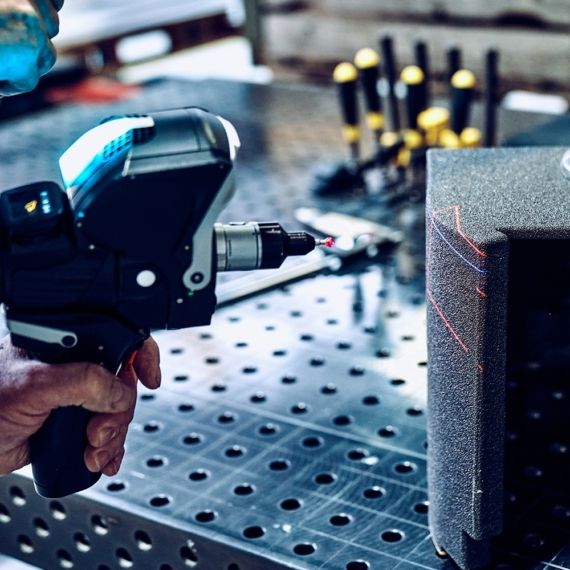Effectiveness of Body Armor in Different Situations
body armor, a crucial component of personal protective equipment, is designed to mitigate the impact of ballistic threats and reduce the risk of injury to the wearer. Its effectiveness varies depending on the specific situation in which it is deployed. Let’s examine the effectiveness of body armor in different scenarios:
1. Military Combat:
In military combat situations, body armor plays a vital role in protecting soldiers from small arms fire, shrapnel, and explosive blasts. Modern military-grade body armor, such as tactical vests and plate carriers, is designed to withstand high-velocity rifle rounds and fragmentation projectiles commonly encountered on the battlefield. While no body armor can guarantee complete protection against all threats, wearing appropriate ballistic protection significantly enhances the survivability of military personnel in combat situations.
2. Law Enforcement Operations:
Law enforcement officers often face the risk of encountering armed individuals while performing their duties. Body armor provides essential protection against firearms and edged weapons, reducing the likelihood of injury or fatal wounds. In urban environments, where shootings and violent confrontations are more prevalent, wearing ballistic vests is standard practice for police officers. Body armor also offers psychological reassurance, allowing officers to focus on their duties with greater confidence and peace of mind.
3. Civilian Self-Defense:
In civilian contexts, body armor can be utilized for personal protection in situations where the risk of violence or attack is elevated. Individuals working in high-risk professions, such as security guards or armored truck drivers, may wear body armor to safeguard themselves against potential threats. Similarly, civilians residing in areas with high rates of crime or instability may choose to invest in protective vests for added security. While civilian body armor is generally lighter and less robust than military-grade variants, it still provides valuable protection in dangerous situations.
4. Specialized Environments:
Beyond combat zones and law enforcement settings, body armor finds application in specialized environments such as security details for VIPs, hostage rescue operations, and counterterrorism activities. In these scenarios, where the risk of targeted violence is heightened, wearing body armor is essential for personal safety and mission success. Specialized body armor configurations may include additional protective features tailored to specific threats and operational requirements.
Conclusion:
The effectiveness of body armor in different situations depends on various factors, including the level of protection provided, the nature of the threat, and the operational context. While body armor significantly reduces the risk of injury in ballistic and stab-related incidents, it is not impervious to all forms of violence. Proper selection, fit, and maintenance of body armor are essential to ensure optimal performance and protection for the wearer. By understanding the capabilities and limitations of body armor, individuals and organizations can make informed decisions regarding their personal safety and security needs.
